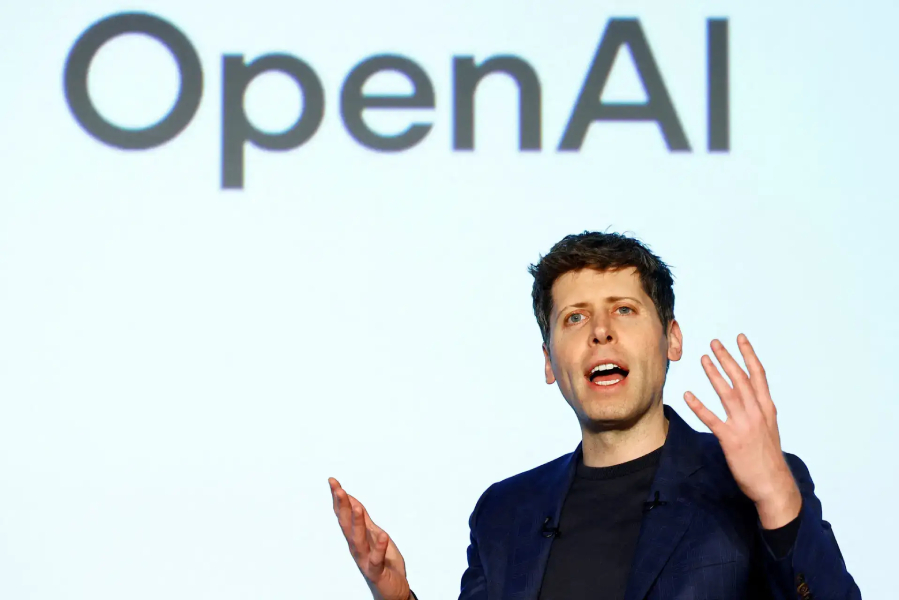In July 2025, the AI leader OpenAI once again delivered a striking report card. According to The Information, the company’s revenue for the first seven months of 2025 , OpenAI revenue has already reached a staggering 12 billion, roughly double the figure at the end of 2024. At the same time, the weekly active users of its flagship product ChatGPT have for the first time surpassed 700 million, spanning more than 200 countries and regions worldwide. These numbers not only mark OpenAI’s enormous commercial success but also signal that generative AI technology has fully entered mainstream adoption.
OpenAI’s Revenue Data Reveals Explosive Growth
OpenAI’s financial performance in 2025 is nothing short of remarkable. The 12 billion earned from January through July makes it one of the fastest-growing large technology companies on the planet. Notably, this figure doubled in just half a year, far exceeding industry expectations. Driving this astonishing growth is the broad adoption of the ChatGPT product family—700 million weekly active users make it one of the fastest-growing consumer technology products in history.
However, rapid expansion comes with massive investment. OpenAI projects total operating expenses for 2025 will reach 8 billion, primarily allocated to three areas: building more powerful computing infrastructure, attracting top global AI talent, and continuing cutting-edge research and development. This “high investment, high growth” model demonstrates OpenAI’s firm confidence in the long-term prospects of the AI market.

Multiple Business Models Seen in OpenAI’s Revenue
OpenAI’s revenue structure is clearly diversified, providing a solid foundation for sustained growth. Enterprise services form the bulk of revenue, with roughly 50% coming from ChatGPT Team/Enterprise subscriptions and API usage. Companies across all industries are deeply integrating these AI capabilities into their business processes, from intelligent customer service and code generation to business data analytics, turning AI into a core driver of enterprise digital transformation.
In the consumer market, ChatGPT Plus subscriptions generate a steady cash flow. At 20 per month, the fee may seem modest, but with hundreds of millions of users it forms a substantial revenue stream. Especially noteworthy is that with the launch of GPT-4.5 and multimodal features, OpenAI successfully achieved product premium pricing, raising the average revenue per user by about 30% compared to the previous generation, directly improving revenue quality.
ChatGPT’s Market Contribution to OpenAI Revenue
As OpenAI’s flagship product, ChatGPT continues to lead the global AI market in user scale and brand influence. Among the 700 million weekly active users, about 60% come from enterprise integrations and 40% are individual direct users. This distribution reflects that AI has evolved from an early-stage personal entertainment tool into an important productivity engine supporting enterprise operations.
Even more noteworthy is its strong monetization ability. Data show that four to five out of every 100 active users convert into paying customers, a conversion rate that ranks at the top in the software-services sector. ChatGPT’s powerful brand effect also creates a significant “halo effect”—many users try other OpenAI products and services because of their positive ChatGPT experience, further expanding the company’s commercial footprint.

Looking at OpenAI’s 2025 performance, it is clear that generative AI has moved fully from a technology exploration phase into a value-realization phase. As AI technology penetrates deeper into every industry, OpenAI’s success may be only a prelude to the full eruption of the AI revolution. For enterprises and individual users worldwide, understanding and adapting to this AI-driven transformation will be one of the most important tasks in the coming years.



